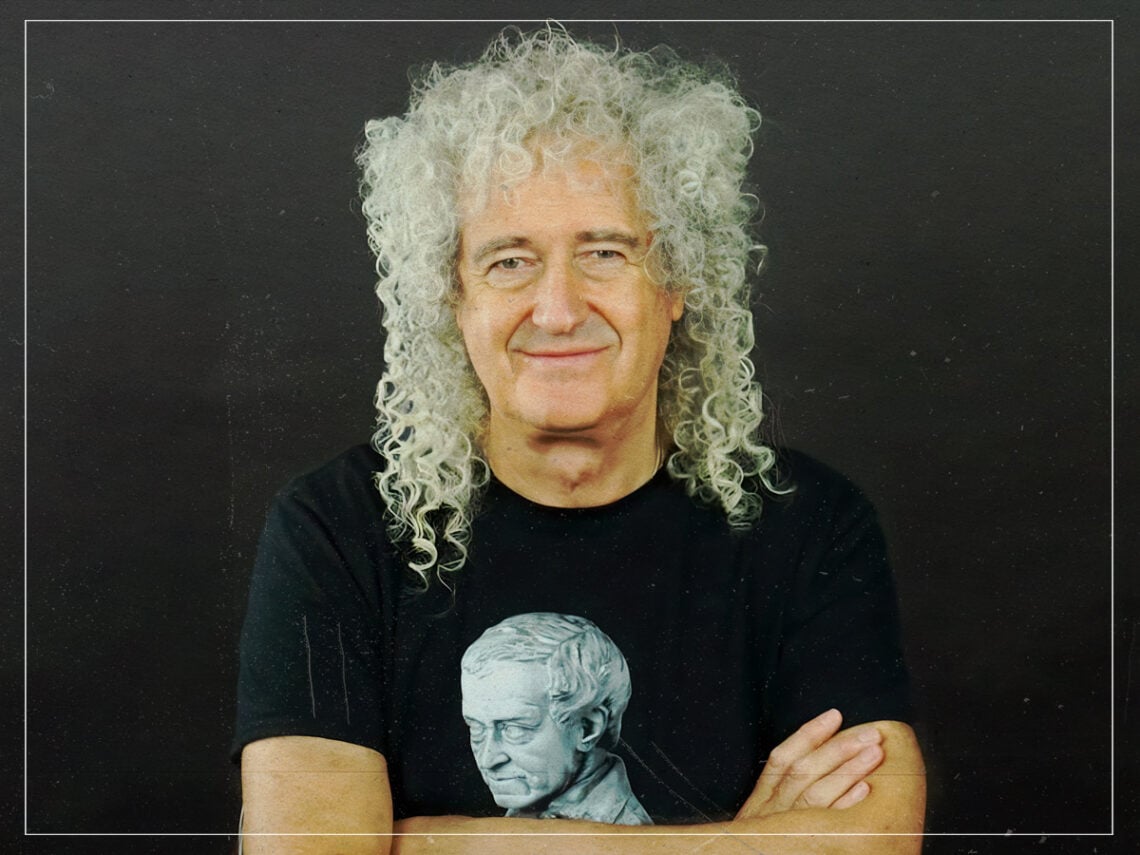
(Credit: Far Out / Denis Pellerin)
Tue 14 October 2025 21:01, UK
There are few artists that can manage to do a fraction of what Queen did on ‘Bohemian Rhapsody’.
The song may not have been everyone’s idea of a mainstream hit, but by layering all these sections on top of each other, the band walked away with the kind of epic tune that could rival virtually anything to come from their peers. This is the kind of tune that is talked about in the same way that ‘Stairway to Heaven’ is, but Brian May knew that this was far from the only time they could stretch outside their comfort zone.
Hell, the whole point of Queen was to not stay too comfortable for too long, and that meant taking chances at every single turn. Not everything was going to necessarily hit the mark. Hot Space exists, after all, but in their mind, it was better to experiment and have a few clunkers than go through their musical lives rehashing the same kind of hit that they had when ‘Killer Queen’ came out.
But as long as the band will be talked about, A Night at the Opera will forever be their magnum opus. While not all of the band’s best material lands on this album, it does offer a smorgasbord of sounds that take everything that made Queen ‘QUEEN’ and put it into one package. There’s ‘Bohemian Rhapsody’, of course, but there are also pop marvels like ‘You’re My Best Friend’, the hard rockers like ‘Sweet Lady’ and even the folksy ditty ‘39’, which may be one of the most ambitious folk songs put to tape.
Then again, was anyone really expecting anything else to follow ‘Bohemian Rhapsody’? When you make a record that great, there’s almost nothing that could follow it, and while May’s rendition of ‘God Save the Queen’ does put a nice bow on top of everything, he felt that he had already written his own answer to Mercury’s ambitious track when he came out with ‘The Prophet’s Song’.
When first listening to the track, though, it doesn’t really have the same kind of structure as ‘Bohemian Rhapsody’ or anything. There are more than a few moments where the main theme comes back, but if it did have more set structures than what you’d find in their epic piece, May knew that the harmonies were what would put them over the edge. From the panning to the different layers, the band created a virtual choir of their own voices, and May felt that it was more than worthy of competing with their epic.
‘Bohemian Rhapsody’ stands alone most of the time, but it’s nice to know there was more to explore in May’s mind, saying, “The context that you have to view ‘Bohemian Rhapsody’ in [is] very long, very complex…. There was a song that was equally long and equally complex on the other side called ‘The Prophet’s Song.’… I think you then get to the point where it’s all done and you think, ‘Wow! We’ll unleash this on the public, and what is going to happen?’”
And as much as there might be fear in releasing those songs unto the public, there’s also a bit of an adrenaline rush that comes with giving people what they don’t know they want. They only knew Queen as the band that made the most layered songs known to man, but both ‘The Prophet’s Song’ and ‘Bohemian Rhapsody’ put them in a category that no one else could have anticipated.
Now they were free to do anything they wanted, and while a tune like ‘Another One Bites the Dust’ was going to be a bit divisive among the rock fans, Queen never saw the difference between making a tune like that and a track like ‘Good Company’. It was all about taking chances, and even by the time they released Innuendo, they were still trying to push themselves into different territories.
Related Topics
